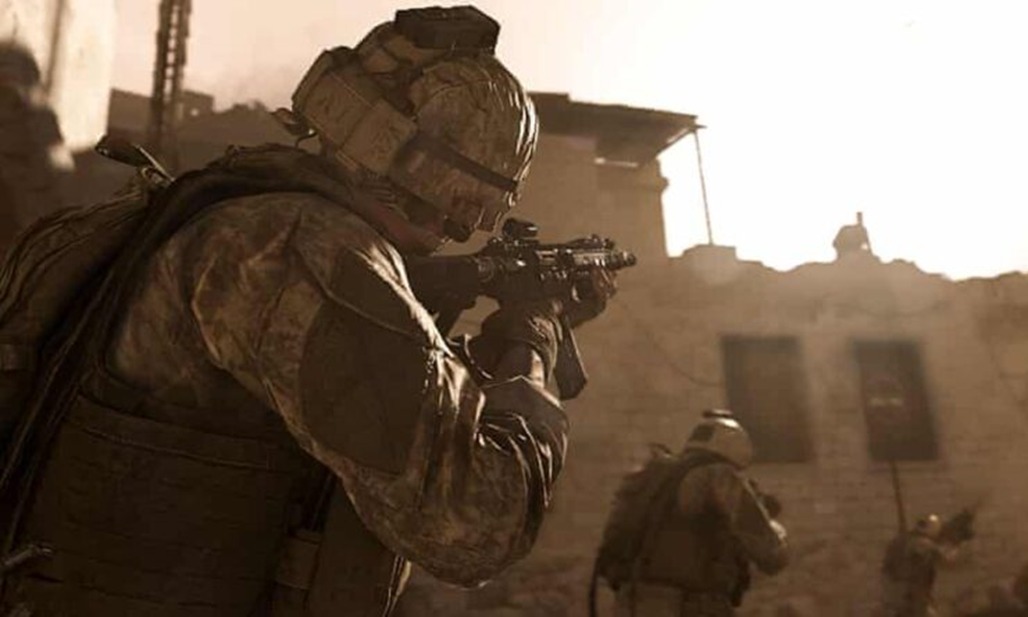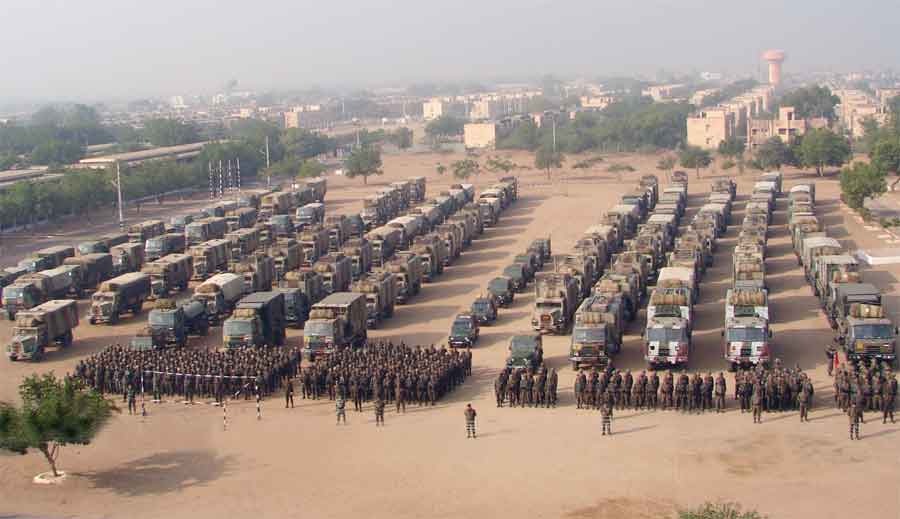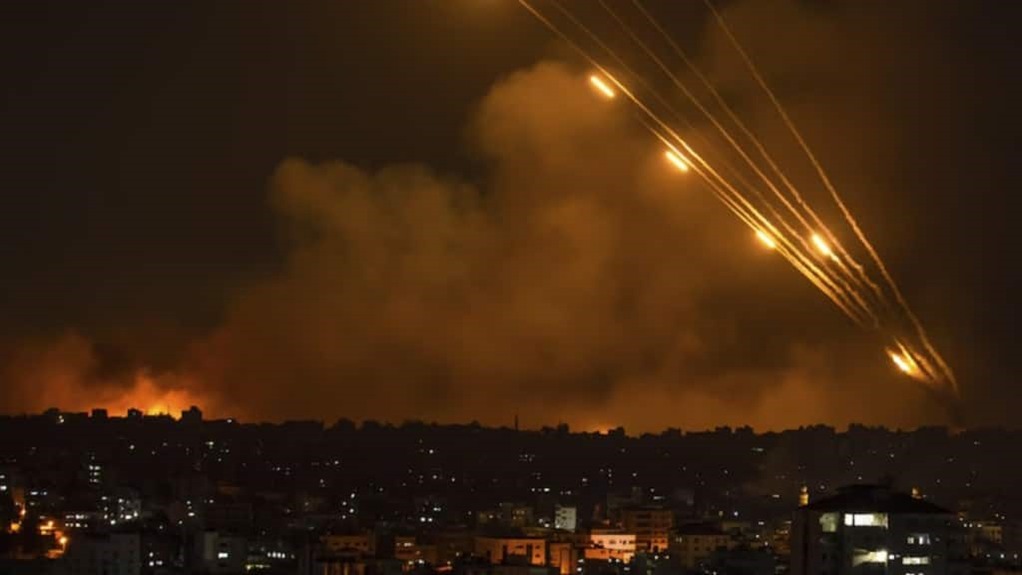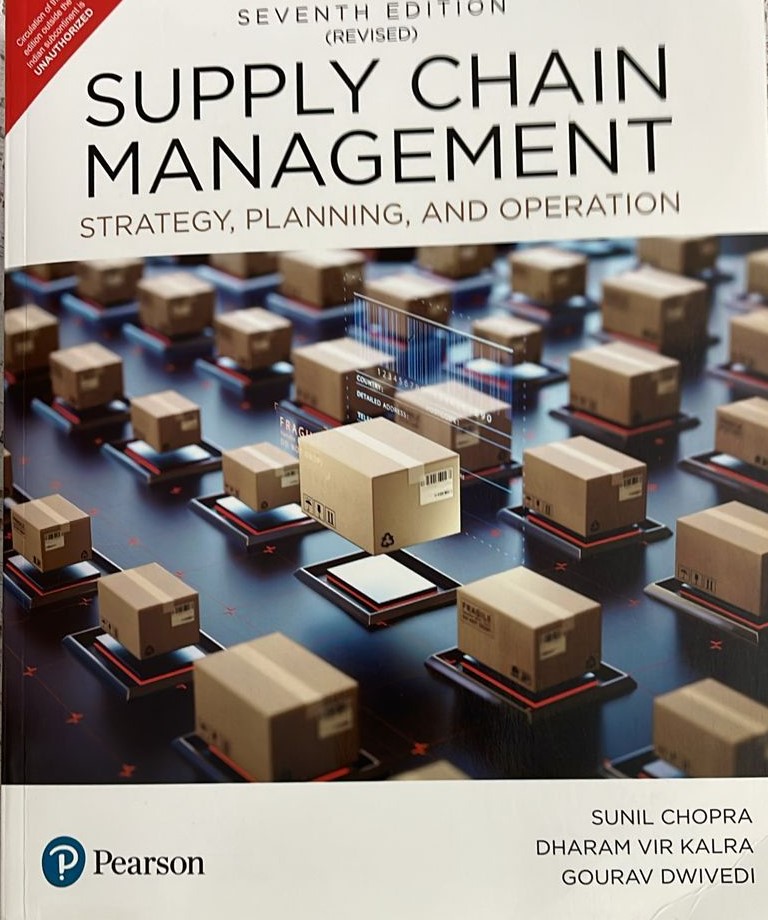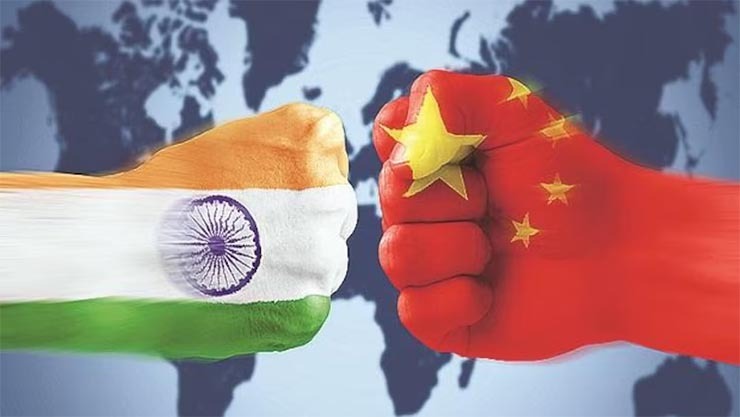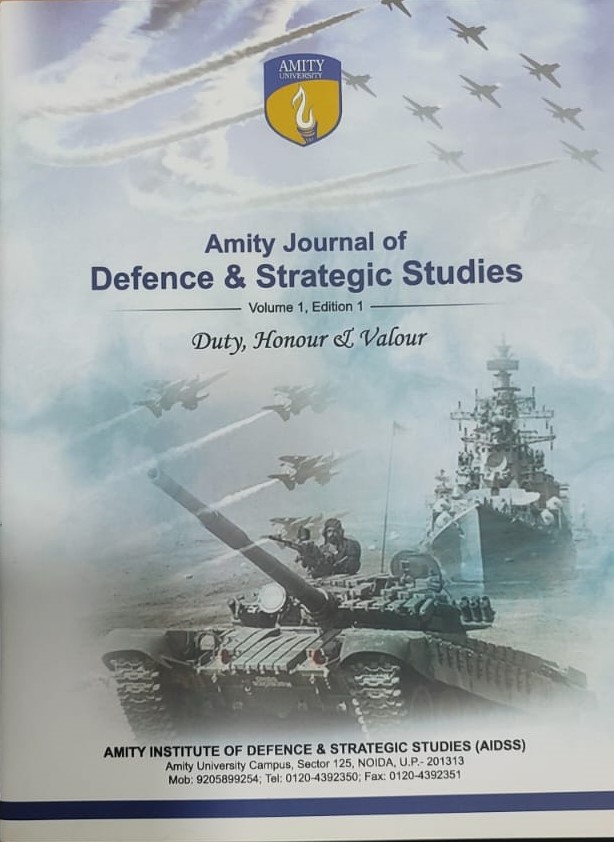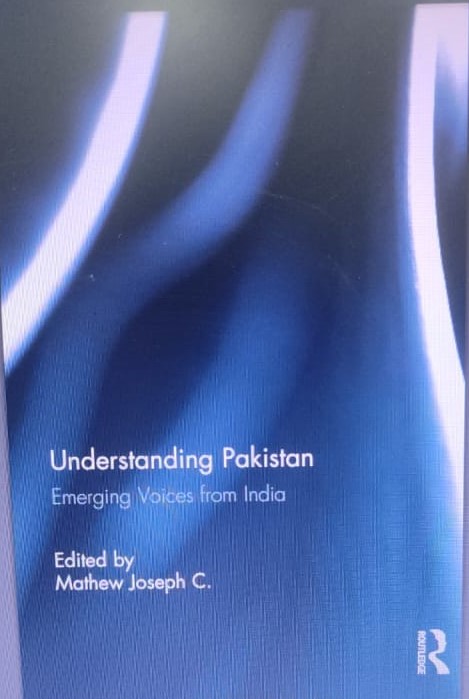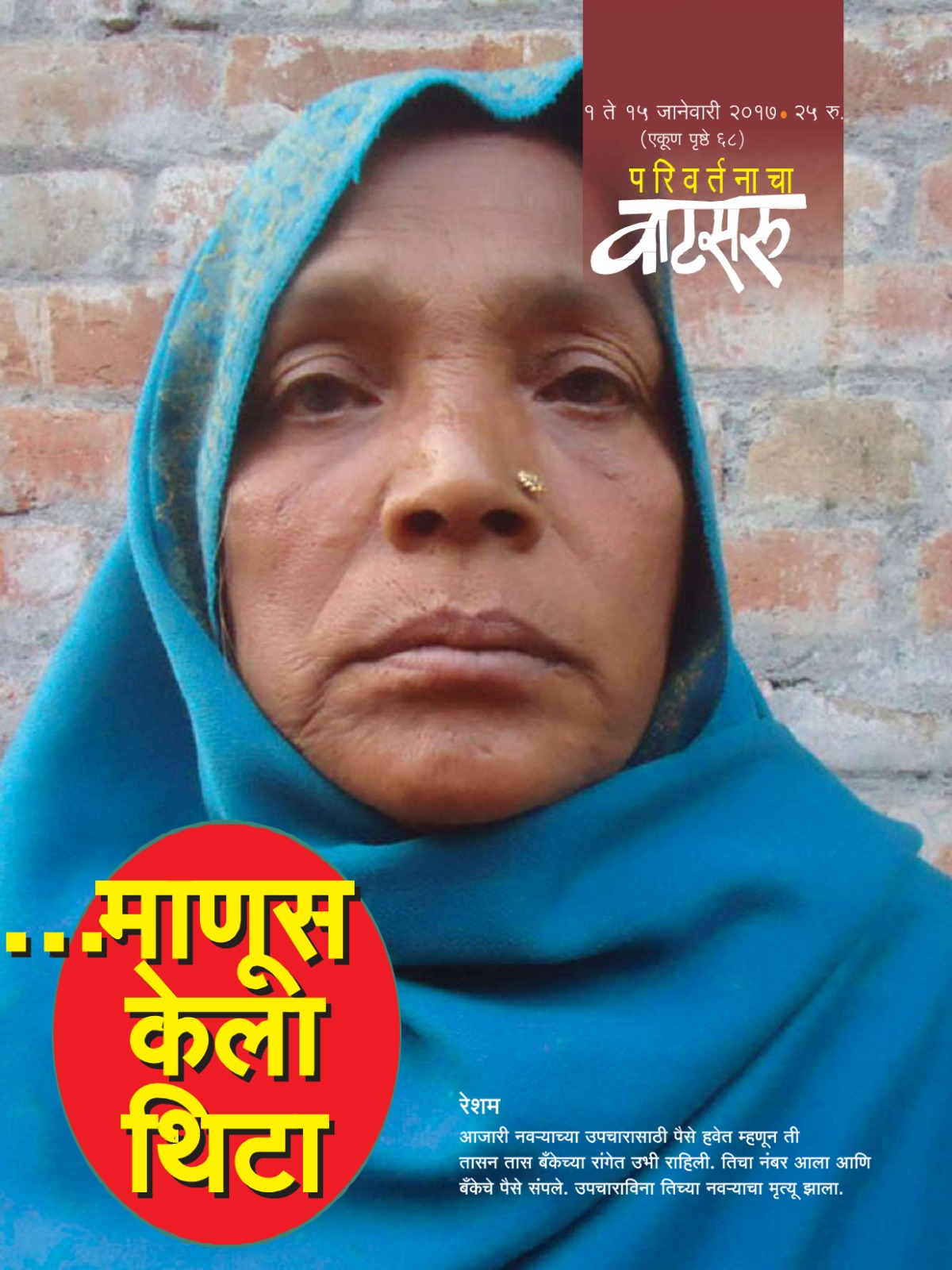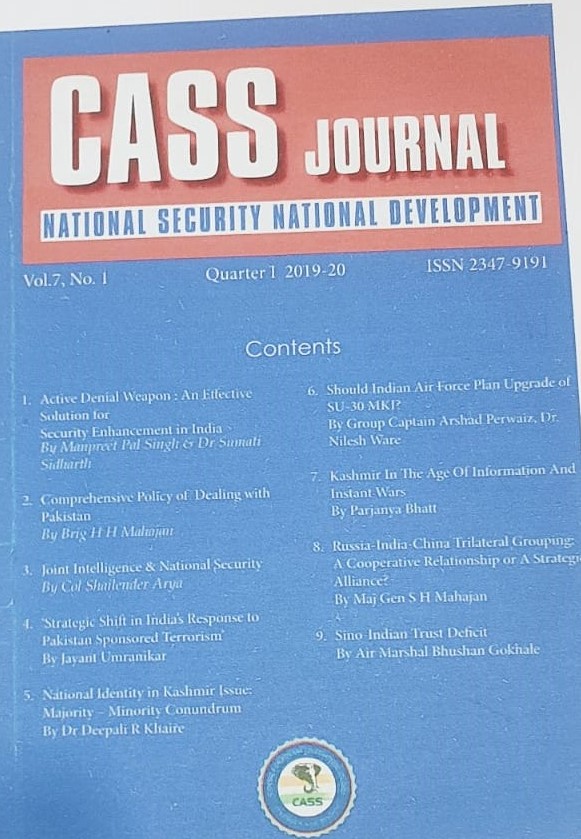
“FROM WAR TO PEACE, WISDOM AND LEADERSHIP-Ex-Servicemen’s Role In Good Governance And Rural Development”
By Lt Gen (Dr) SK Gadeock, AVSM (Retd)
‘The contemporary world presents a human society paradigm undergoing rapid transition in terms of evolving roles and high expectations. Governments address these issues by changing, reforming, or re-inventing themselves to ensure faster inclusive growth and rapid alleviation of poverty. However, globalization and liberalization policies have perceivably excluded many sections of the population, attributed to the deteriorating law and order situation, corruption and exploitation, raised the price index, criminalised politics, politicized the administrative machinery, produced mega financial scams, poor principles and social norms and degenerated the value system. To radically improve outcomes in rural infrastructure, ex-servicemen from the Armed Forces, who are the only credible and educated workforce in villages, characterized by self-motivation, rich experience, discipline and multi-talented persona could be meaningfully employed for scrupulous governance within a timeline of ‘augmentation and progression’. We need to establish 7,000 self-reliant village clusters through the Rural Area Planned Integrated Development (RAPID) programme under a dynamic public-private partnership model to bring sustainable development and prosperity to rural areas and usher in smart villages. Mission-oriented thrust areas are potable water, optimised renewable energy sources, mitigation of infant and maternal mortality rates, multi-specialty health care, increased literacy level, and improved functional literacy of self-help groups and unemployed youth. Ex-servicemen are 'role models' of ethical and transformational leadership with veritable ingrained morals and righteous conduct focused on 'Duty, Honour and Country'. They are empowered crusaders of good governance, who believe in the Credo fundamentally, practise it religiously and live by it virtuously’. Ultimately, it emerges that the need for ‘Governance Augmentation and Progression’ can be brought about at the grassroots levels by ex-servicemen residing in villages of their respective states, who given their sense of commitment and ability to monitor execution of developmental projects, can mitigate the gravity of challenges faced during attainment of objectives, since they are conversant with environmental dynamics of most problems, as also having attended the Rehabilitation programmes to enhance their core competencies in specific domains, improving their enablement to deal with complexities and provide desired impetus to rural development. Thus, the potential of the leadership of ex-servicemen can be synergized in the entire process of governance, to bring about a national rural socio-economic transformation through civil-military fusion, as has been highlighted earlier in the prognosis.






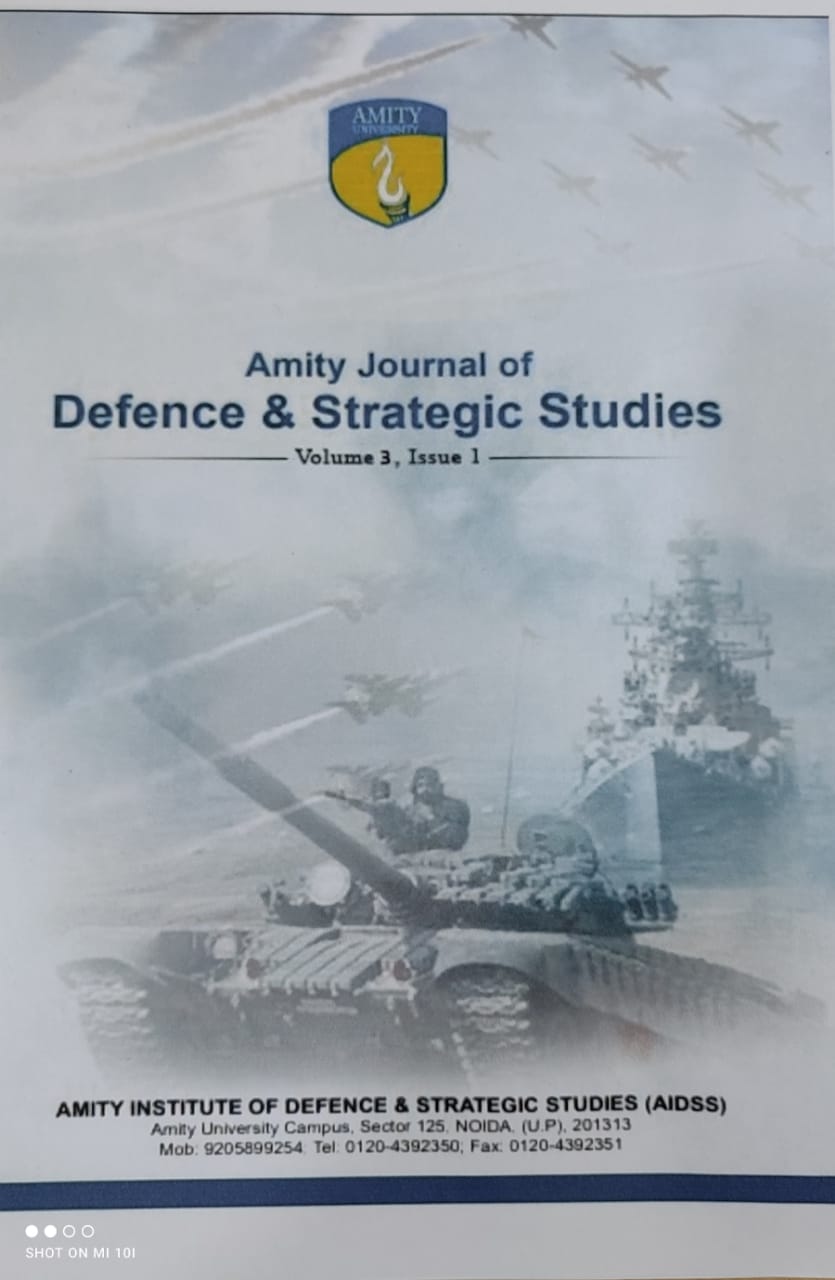


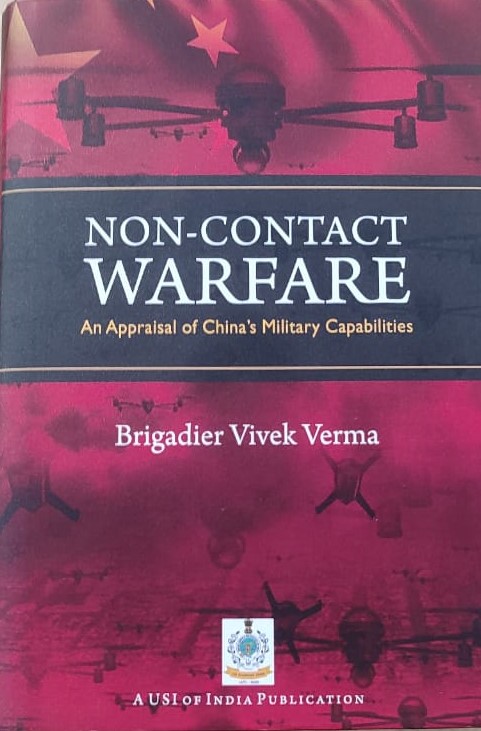



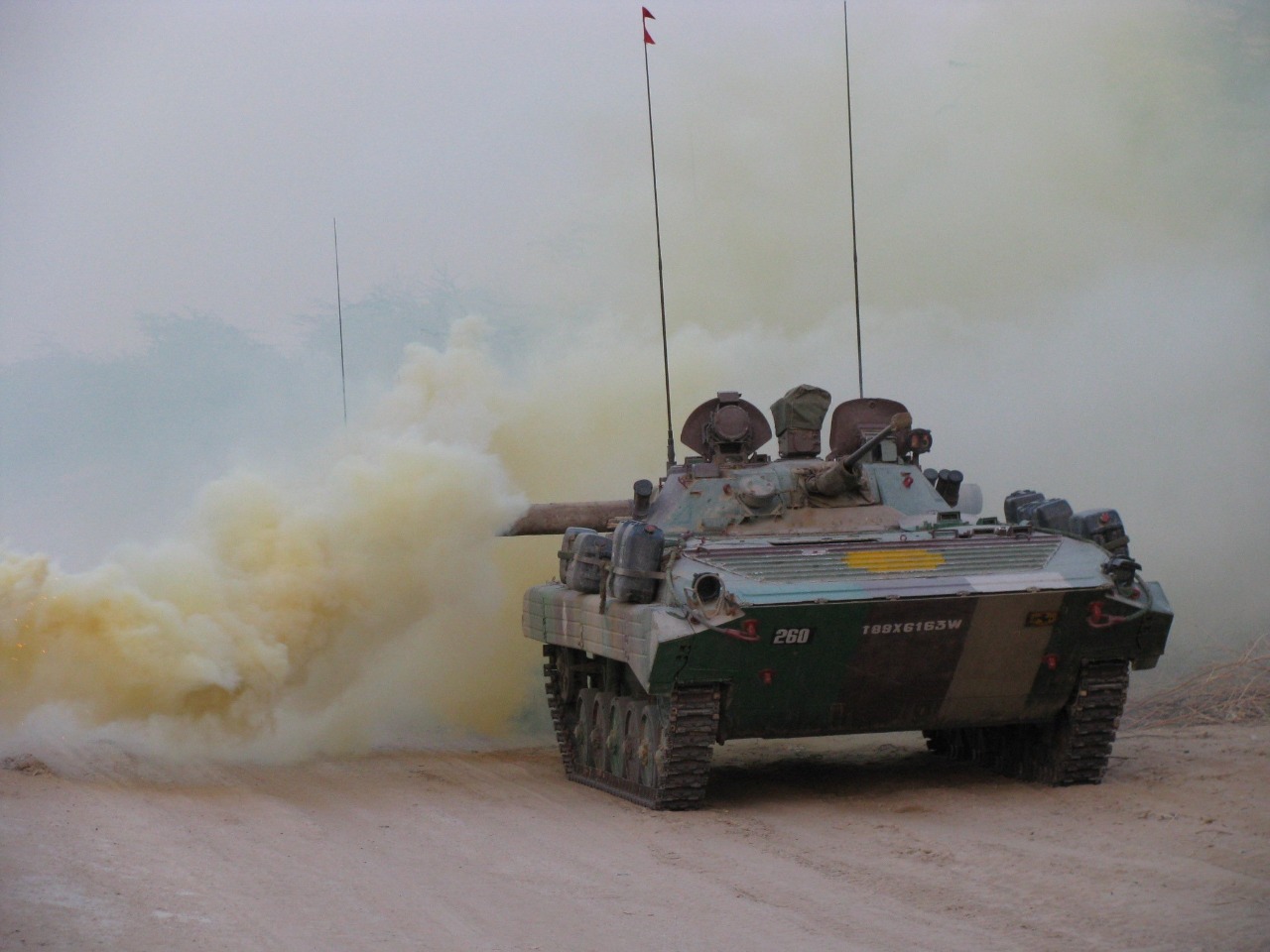



 - Copy.jpeg)


